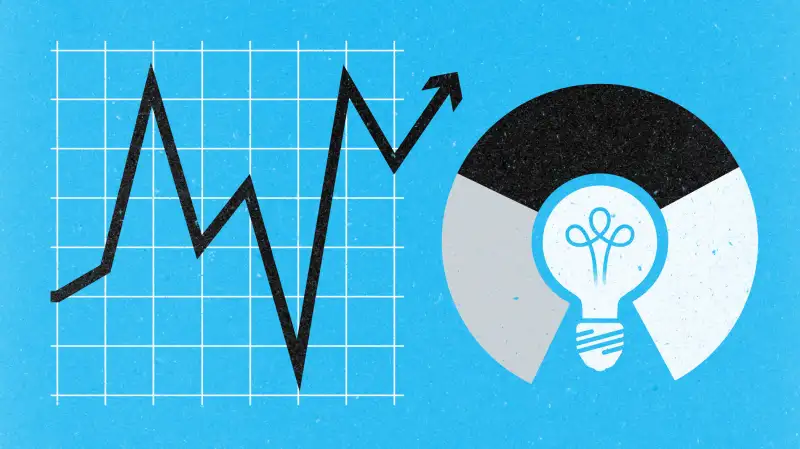How Much Stock Is Too Much? Here's a Quick Rule of Thumb
Money is not a client of any investment adviser featured on this page. The information provided on this page is for educational purposes only and is not intended as investment advice. Money does not offer advisory services.

Q: My wife and I are 54 years old and we still have about 94% of our retirement savings in a variety of stock mutual funds and ETFs. Should I begin moving some of that to bond funds? — Gary Wirth, Pittsburgh
A: Assuming you and your wife are still more than a decade away from retirement, you’ll want to keep the bulk of your investments in stock funds and ETFs.
Even so, your 94% allocation to equities is on the high side at this stage of the game, says Mitch Tuchman, managing director of Rebalance IRA, a national independent investment advisory service that specializes in asset allocation.
At this point, while you're still working and accumulating savings, adding bonds to your portfolio isn’t as much about earning income as it is giving your investments some ballast in case the stock market goes topsy turvy — as it did briefly in late September and early October.
The question then isn’t if you need some additional bond exposure, but how much more?
Most experts, including Tuchman, do not recommend relying on the old rule of thumb that says the percentage of your portfolio in fixed income should equal your age. According to that old standard, 54-year-olds ought to keep 54% of their portfolios in bonds while holding a minority of their money in equities.
That rule doesn't apply for a couple of reasons, says Tuchman. First, people are working longer and living longer. Second, you have to consider the environment you're in. With bond yields as low as they are, for as long as they've been, there is a real risk interest rates will go up.
Why is that bad?
Market interest rates move in the opposite direction of bond prices. When rates rise, prices on existing bonds in a portfolio will likely go down. In theory, this means you could lose money in bonds when this shift takes place.
Your target allocation to bonds will also depend on other factors, such as how long you and your wife plan to keep working and your emotional tolerance for market swings. If you lose sleep and make rash choices (i.e. move to cash) when the market dips, you should probably own a larger helping of bonds.
With all that said, Tuchman suggests a good target for you and your wife is about 15% in bonds. He recommends divvying that up among high-quality corporate bond funds, high-yield funds, and emerging market debt funds. “Those groups still pay a reasonable amount of interest and, for various reasons, are a better hedge in a rising rate environment,” he says.
Having 15% of your portfolio in bonds may still seem like an aggressive stance.
Keep in mind, though, that Tuchman is not saying that the rest of your investments belong in equities.
In addition to the bond holdings, Tuchman says it’s also a good idea to allocate 5% to 10% of your total portfolio to real estate — in the form of real estate investment trusts — and another 5% to 10% to dividend-paying stocks, which are considered more conservative than other types of equities.
As for the remaining 70% or so of your portfolio, make sure that's well diversified among large-cap stocks, small-cap U.S. shares, foreign equities, and emerging-market stocks.
This mix should get you through the next several years, says Tuchman, who at 58 adheres to a similar strategy in his own portfolio.
Read more on asset allocation: